The breeding season is under way for spring-calving suckler herds and during the period that stock bulls run with cows, farmers will hope no problems arise.
While no one likes to tempt fate, there will unfortunately be instances where stock bulls become infertile, injured or lame.
A lame bull can be easily picked up. But when it comes to fertility problems, they are harder to detect.
Therefore, it is important to spend 20 to 30 minutes every day checking breeding groups and paying attention to the stock bull.
Monitor
Watch the bull carefully to ensure he is mounting cows correctly. Keep a record of the cows mated and watch these animals for repeat breeding activity three weeks later.
There will always be a handful of cows repeating. But if large numbers of cows come back in heat, then there is a fertility problem.
Causes
Reasons for fertility problems and injuries in stock bulls include buying over-conditioned animals on a high-concentrate diet, then turning them straight out to cows.
Having too many cows in a group is also an issue, especially for young bulls in their first breeding year.
Physical injuries such as lameness can occur from overgrown feet or excessive foot trimming that leaves feet tender just as breeding starts.
Options
In the unfortunate event that a stock bull is injured or has a fertility problem, it is crucial to act quickly to avoid cows slipping and the calving pattern becoming too spread out.
The options for replacing a stock bull will depend on the timing of an injury or fertility problem.
Some bulls will recover after a few weeks’ rest. Others will be unable to serve cows this summer. Outlined are some options available for replacing a bull, along with the pros and cons to consider.
1. Switching to a
different herd sire
In larger suckler herds, it is likely that there are multiple stock bulls on the farm. This offers more options to farmers.
In the ideal scenario, when a farmer buys a new bull, the older stock bull is held for a short period as a backup to make sure the new, younger bull is working.
If a problem crops up, the older bull can be immediately employed as a replacement early in the breeding season.
Alternatively, if the problem arises in the second half of the breeding season, there may be an option to remove a bull from another group of cows and replace the injured/infertile bull.
However, this option will depend on a couple of factors.
Firstly, the replacement bull should only be removed from his original group of cows if there is little sign of breeding activity, as this indicates cows are settled in-calf.
Secondly, using another bull already on-farm will not be an option if the unmated cows are his daughters or grand-daughters.
2. Spreading cows across
multiple bulls
On farms with more than one stock bull, there is potentially the option to spread cows out across different breeding groups.
Cows should be spread gradually over the groups. This avoids over-working stock bulls and creating further problems.
This option works best when a problem arises in the second half of the breeding period, as most cows in other groups should be served and in-calf.
For mature, healthy stock bulls, cap cow numbers at 35 to 40 animals. For young bulls, limit numbers to between 20 and 24 cows.
3. Using artificial insemination
An alternative is to make use of artificial insemination (AI). But this will require handling facilities, manual heat detection and good management, as stressing cows will reduce conception rates.
Cows to be inseminated should be kept close to the yard, so they can be brought in and out for insemination without fuss. Alternatively, graze on out-farms with proper pens and head-locking gates.
Feeding cows a small amount of concentrate every day will get animals used to herding, making them easier to bring in for insemination.
There are various aids to pick up cows in heat, taking some of the hassle out of AI. But if you are manually watching cows, spend 20 to 30 minutes on three occasions every day to pick up heats.
Early morning and late evening are usually periods when cows show strong breeding activity.
4. Buying a new bull
If a stock bull is injured and no longer fit for breeding, then consider culling and buying a new herd sire. However, the downside of this option is that there will be fewer bulls available at this time of year.
Most pedigree society sales will be finished up until autumn, so sourcing a new bull will most likely be a farm-to-farm transaction.
When looking for a bull to go straight out to cows in the middle of the breeding season, it is advisable to source an older, seasoned bull that can cope with the immediate workload.
If purchasing a young bull, the animal will need careful management and cow numbers should be limited. However, don’t be put off from using a young bull.
The animal could potentially serve 15 to 18 cows, with the remainder of the group spread out across other breeding groups on-farm.
5. Borrowing a bull
The last resort is to get a loan of a bull from another farm, such as an autumn-calving herd where the bull will be finished breeding and running idle over summer.
However, there are obviously disease risks with this option, as well as the prospect of an injury happening to a neighbour’s bull while it is on your farm.
If you do go down this route, source the bull from a farm with excellent herd health in place and don’t forget to complete official movement notifications.
There are some farmers that still
offer bulls for hire and this outlet
can bail someone out of a short-term hole.
But again, there are huge disease risks to consider with this option. Therefore, make sure your herd is fully vaccinated against diseases such as BVD, Lepto, IBR, salmonella etc.
Read more
Thrive: accurately weighing cattle
Will it pay to contract rear dairy beef calves?
The breeding season is under way for spring-calving suckler herds and during the period that stock bulls run with cows, farmers will hope no problems arise.
While no one likes to tempt fate, there will unfortunately be instances where stock bulls become infertile, injured or lame.
A lame bull can be easily picked up. But when it comes to fertility problems, they are harder to detect.
Therefore, it is important to spend 20 to 30 minutes every day checking breeding groups and paying attention to the stock bull.
Monitor
Watch the bull carefully to ensure he is mounting cows correctly. Keep a record of the cows mated and watch these animals for repeat breeding activity three weeks later.
There will always be a handful of cows repeating. But if large numbers of cows come back in heat, then there is a fertility problem.
Causes
Reasons for fertility problems and injuries in stock bulls include buying over-conditioned animals on a high-concentrate diet, then turning them straight out to cows.
Having too many cows in a group is also an issue, especially for young bulls in their first breeding year.
Physical injuries such as lameness can occur from overgrown feet or excessive foot trimming that leaves feet tender just as breeding starts.
Options
In the unfortunate event that a stock bull is injured or has a fertility problem, it is crucial to act quickly to avoid cows slipping and the calving pattern becoming too spread out.
The options for replacing a stock bull will depend on the timing of an injury or fertility problem.
Some bulls will recover after a few weeks’ rest. Others will be unable to serve cows this summer. Outlined are some options available for replacing a bull, along with the pros and cons to consider.
1. Switching to a
different herd sire
In larger suckler herds, it is likely that there are multiple stock bulls on the farm. This offers more options to farmers.
In the ideal scenario, when a farmer buys a new bull, the older stock bull is held for a short period as a backup to make sure the new, younger bull is working.
If a problem crops up, the older bull can be immediately employed as a replacement early in the breeding season.
Alternatively, if the problem arises in the second half of the breeding season, there may be an option to remove a bull from another group of cows and replace the injured/infertile bull.
However, this option will depend on a couple of factors.
Firstly, the replacement bull should only be removed from his original group of cows if there is little sign of breeding activity, as this indicates cows are settled in-calf.
Secondly, using another bull already on-farm will not be an option if the unmated cows are his daughters or grand-daughters.
2. Spreading cows across
multiple bulls
On farms with more than one stock bull, there is potentially the option to spread cows out across different breeding groups.
Cows should be spread gradually over the groups. This avoids over-working stock bulls and creating further problems.
This option works best when a problem arises in the second half of the breeding period, as most cows in other groups should be served and in-calf.
For mature, healthy stock bulls, cap cow numbers at 35 to 40 animals. For young bulls, limit numbers to between 20 and 24 cows.
3. Using artificial insemination
An alternative is to make use of artificial insemination (AI). But this will require handling facilities, manual heat detection and good management, as stressing cows will reduce conception rates.
Cows to be inseminated should be kept close to the yard, so they can be brought in and out for insemination without fuss. Alternatively, graze on out-farms with proper pens and head-locking gates.
Feeding cows a small amount of concentrate every day will get animals used to herding, making them easier to bring in for insemination.
There are various aids to pick up cows in heat, taking some of the hassle out of AI. But if you are manually watching cows, spend 20 to 30 minutes on three occasions every day to pick up heats.
Early morning and late evening are usually periods when cows show strong breeding activity.
4. Buying a new bull
If a stock bull is injured and no longer fit for breeding, then consider culling and buying a new herd sire. However, the downside of this option is that there will be fewer bulls available at this time of year.
Most pedigree society sales will be finished up until autumn, so sourcing a new bull will most likely be a farm-to-farm transaction.
When looking for a bull to go straight out to cows in the middle of the breeding season, it is advisable to source an older, seasoned bull that can cope with the immediate workload.
If purchasing a young bull, the animal will need careful management and cow numbers should be limited. However, don’t be put off from using a young bull.
The animal could potentially serve 15 to 18 cows, with the remainder of the group spread out across other breeding groups on-farm.
5. Borrowing a bull
The last resort is to get a loan of a bull from another farm, such as an autumn-calving herd where the bull will be finished breeding and running idle over summer.
However, there are obviously disease risks with this option, as well as the prospect of an injury happening to a neighbour’s bull while it is on your farm.
If you do go down this route, source the bull from a farm with excellent herd health in place and don’t forget to complete official movement notifications.
There are some farmers that still
offer bulls for hire and this outlet
can bail someone out of a short-term hole.
But again, there are huge disease risks to consider with this option. Therefore, make sure your herd is fully vaccinated against diseases such as BVD, Lepto, IBR, salmonella etc.
Read more
Thrive: accurately weighing cattle
Will it pay to contract rear dairy beef calves?



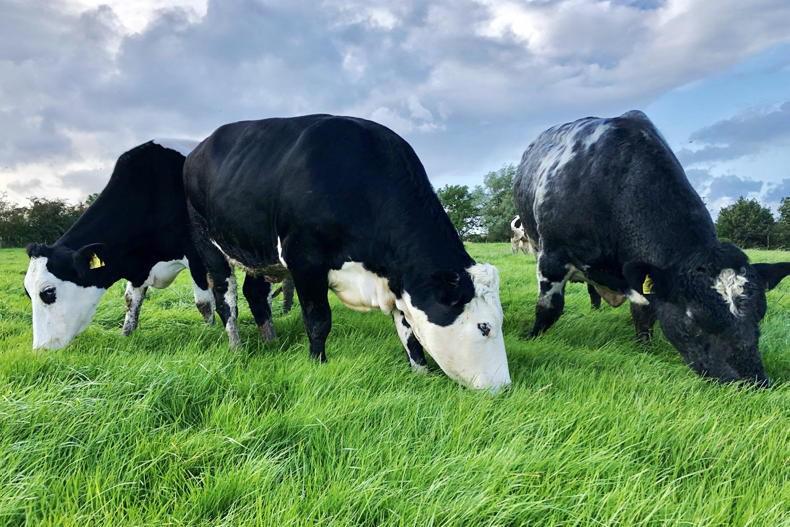

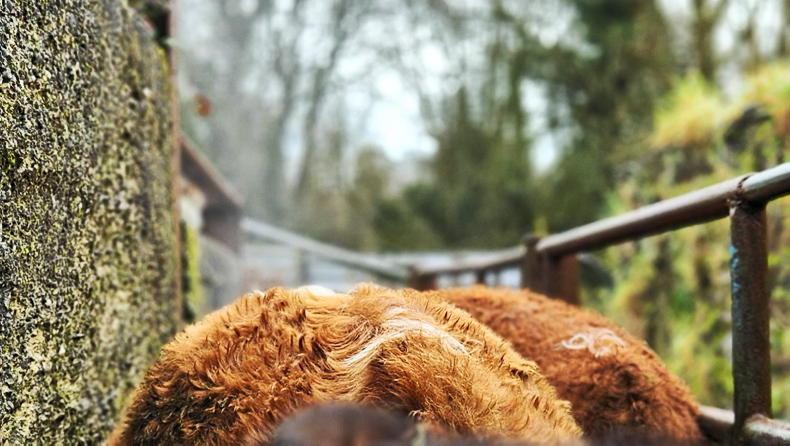

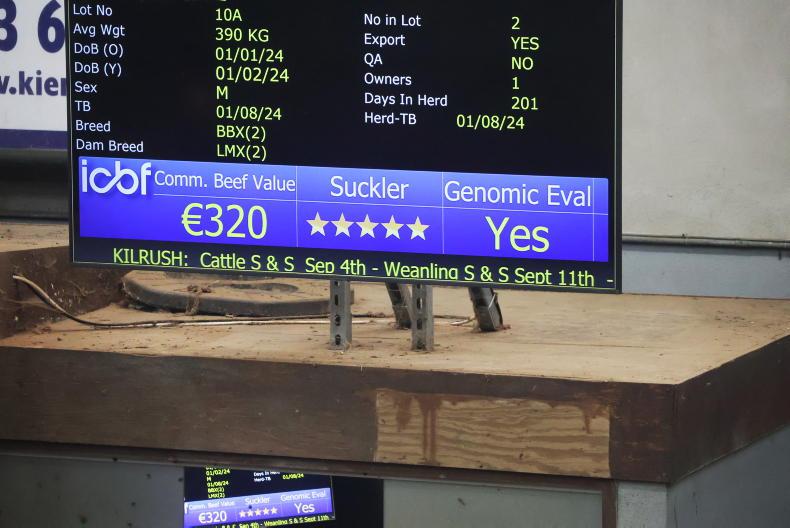
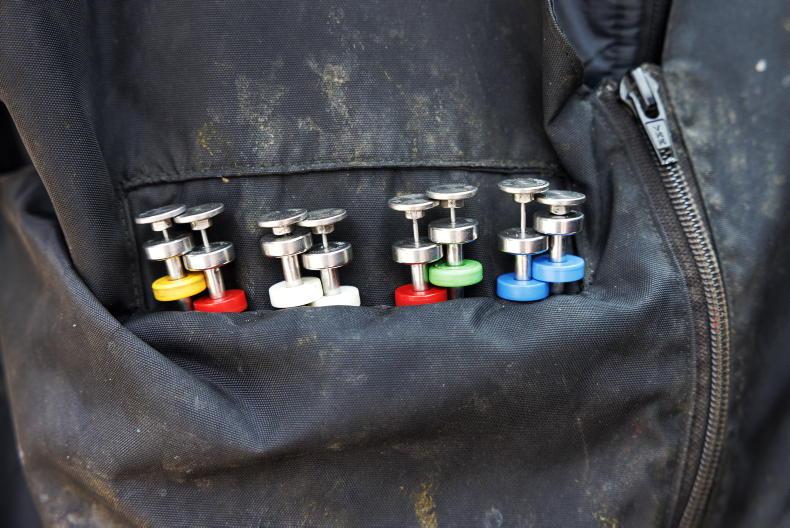
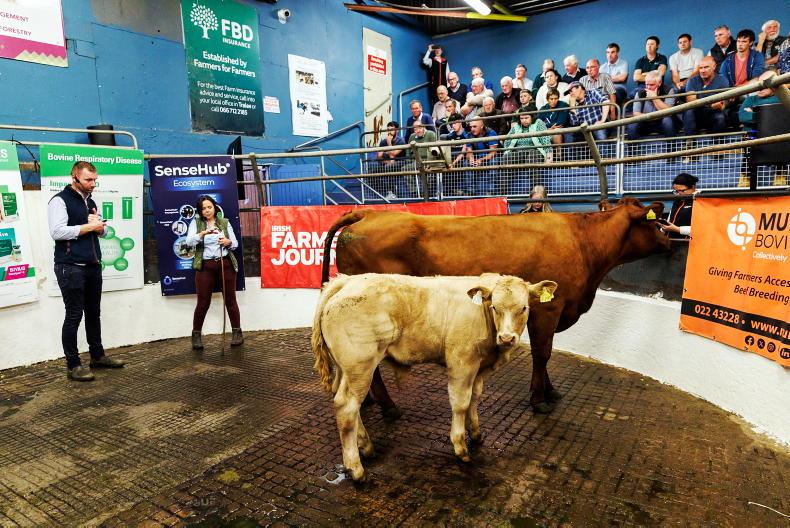
SHARING OPTIONS